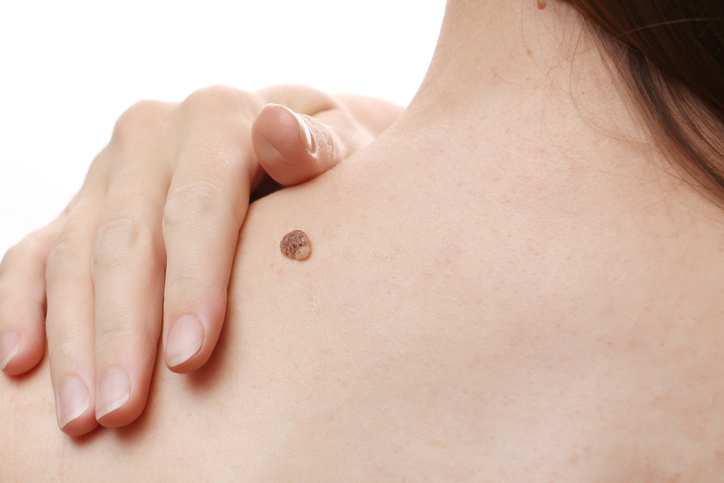Mole Removal

Introduction to Mole Removal
Mole removal is a common procedure that involves the removal of moles or skin lumps. The exact technique used for mole removal depends on the type of mole, its location on the body, and the patient's preference. Methods include cutting the entire mole away and replacing it with a straight-line scar, or shaving/freezing the mole off. Mr Butler will discuss the options available with you and devise an approach that best suits your needs.
Key Details of the Procedure
- Duration: Varies depending on the number and size of moles
- Cost: Varies depending on the complexity of the procedure
- Anaesthetic: Local anaesthetic
- Length of stay: Usually day surgery
Post-Surgery Care and Downtime
- Showering: Usually okay to shower area 48 hours after surgery
- Exercise: Light exercise okay the day after most mole removal surgeries. Avoid strenuous exercise for 1 week.
- Driving: Okay to drive on same day if local anaesthetic surgery. If general anaesthetic, driving should be avoided for 24 hours.
- Work: Can return to light work the same day in most cases.
Frequently Asked Questions about Mole Removal
How is mole removal performed?
The exact technique to remove a mole or skin lump depends on the type of lump being removed, its location on the body, and your preference. A number of different methods exist which include cutting the entire mole away and replacing it with a straight-line scar, and shaving or freezing the mole off. Mr Butler will discuss the options available with you and come up with an approach that best suits you.
What is the recovery after mole removal?
The vast majority of mole removal procedures can be done at the clinic under local anaesthetic. This means you can return home straight away after the procedure. Most patients can return to light activities at work the same day.
How do I know if the mole is cancerous or not?
Before your surgery, Mr Butler will carefully examine the mole or skin lump to determine whether there is any risk that it may be cancerous or not. If there is any suspicion that it could be a cancer, we would recommend removing the entire mole or lump and replacing it with a straight-line scar. This allows the whole mole to be sent away for analysis by a pathologist to determine the exact diagnosis.
